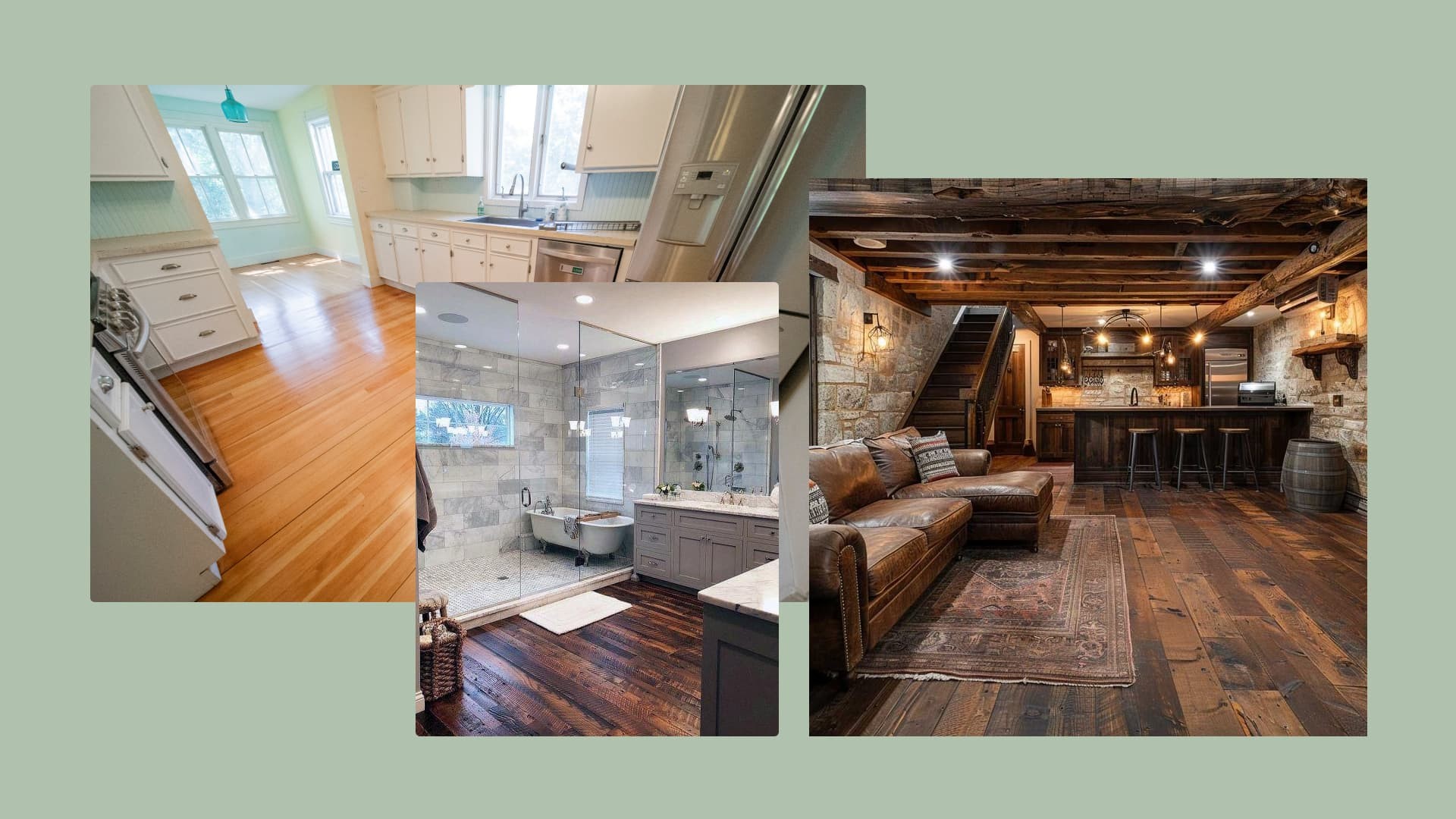Hardwood floors are a forever favorite that immediately elevates your property's value and beauty. However, as professional hardwood floor installers and following the guidelines set by reputable industry organizations such as the NWFA, we know that not every room is suitable for hardwood floors. Some rooms that are prone to high levels of moisture, wear and tear, and frequent spills can require costly repairs and ongoing maintenance. Understanding where not to install hardwood floors is key to using it wisely. In this article, we'll answer the question, “In what room should you avoid using wood floors?”!
Where Not to Install Hardwood Floors
We have prepared a simple table highlighting the non-recommended rooms, summarizing the main risk factors and flooring alternatives:
| Room | Primary Risk Factors | Suitability for Hardwood Floors | Alternative Flooring Options |
|---|---|---|---|
| Bathroom | 💧 High moisture levels, frequent spills | 🚫 Not Recommended | Porcelain tile, Waterproof vinyl |
| Laundry Room | 🛠️ Potential appliance leaks, detergent spills | 🚫 Not Recommended | Vinyl plank, Ceramic tile |
| Basement | 🌧️ Elevated humidity, potential for flooding | 🚫 Generally Not Recommended | Engineered hardwood, Cork |
| Foyer | 👟 High foot traffic, dirt, mud, temperature fluctuations | ⚠️ Caution Advised | Tile, Stone, Durable laminate |
| Kitchen | 🍲 Frequent spills, moisture from cooking activities | ⚠️ Caution Advised | Ceramic tile, Vinyl flooring |
Detailed Analysis of Problematic Rooms
It's important to understand what problems arise in each room. Below, we've reviewed the risk factors for each problem area and expert recommendations for fixing them to help you make an informed decision.
🧐 Note: These recommendations draw on insights from the National Wood Flooring Association (NWFA), consumer testing by resources like Consumer Reports, and the cumulative experience of seasoned flooring professionals.
1. 💧 Bathroom
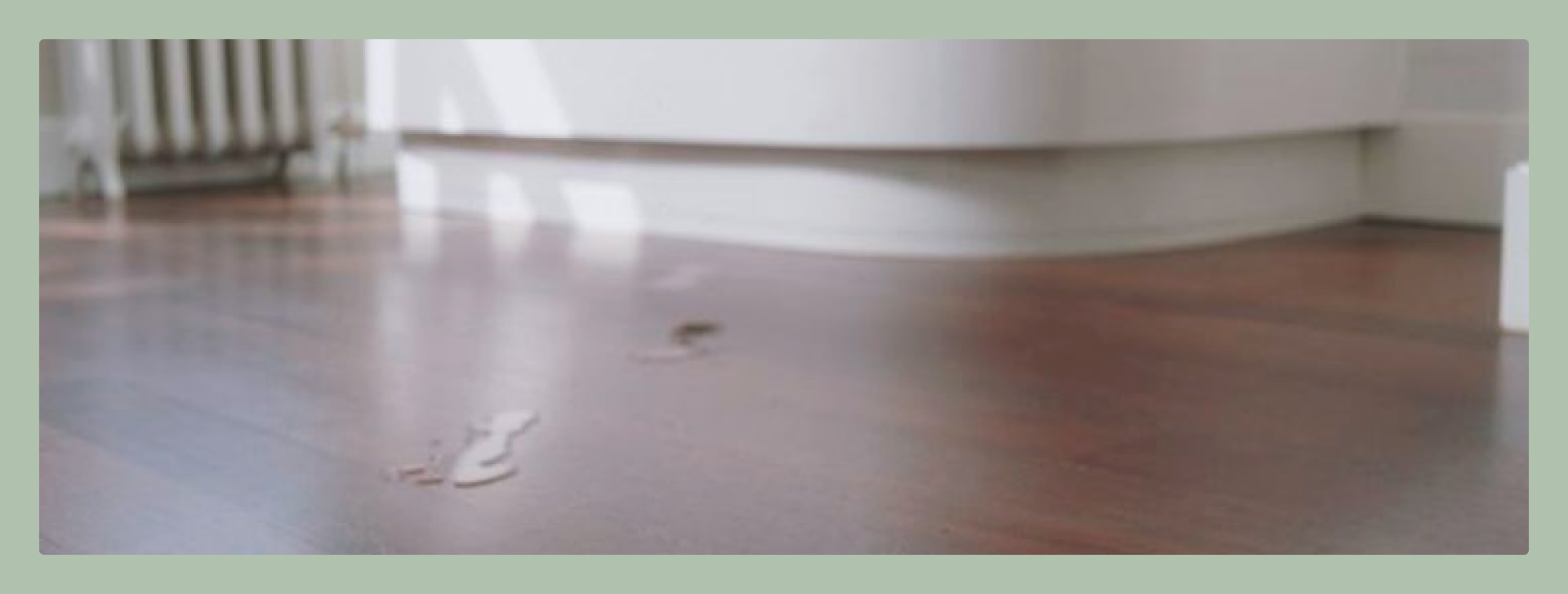
Is it okay to have wood floors in the bathroom? Bathroom... Obviously, this is a high-humidity room. Constant exposure to water will come from the shower, bathtub. sink. This is the “perfect” environment for hardwood flooring to warp, swell and become damaged. According to the National Wood Flooring Association (NWFA), hardwood is highly susceptible to moisture-related issues, making it a poor choice for bathrooms.
Risks:
- Continuous Moisture Exposure: Even with excellent sealing, high humidity cannot be avoided in the bathroom and water spills will happen anyway.
- Accidental Spills: Spilled liquid will seep into the seams, leading to warping of hardwood floors and mold growth.
Solutions:
- Alternative Flooring Options: Consider ceramic tiles, porcelain tiles and waterproof vinyl. Excellent moisture resistance is guaranteed.
- Preventative Measures: However, hardwood flooring can still be an option, engineered hardwood floors with a moisture resistant finish could be your option.
“The bathroom really implies risks for hardwood floors. However, it is primarily a problem for solid hardwood. Modern engineered hardwood floors are made of several layers of wood and have excellent moisture resistance. With the right finish, their excellent condition is guaranteed even in the bathroom. For this reason, we recommend that you base your choice of bathroom flooring primarily on aesthetic considerations and budget,” advises Weles professional.
2. 🛠️ Laundry Room
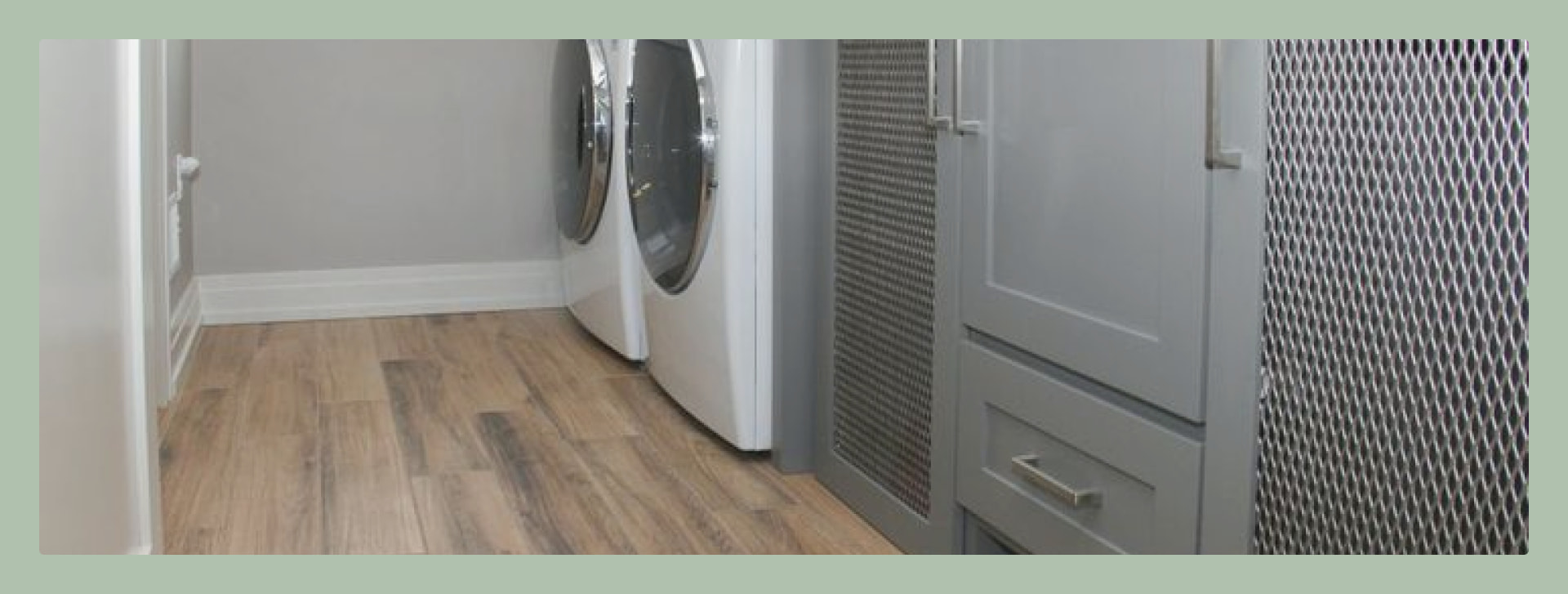
The same problems await hardwood floors in the laundry room as they do in the bathroom. Humidity, the risks of leaks, spills and standing water can damage your hardwood floors.
Risks:
- Machine Leaks: Washing machines can sometimes leak, causing water to accumulate on the floor.
- Detergent Spills: Liquid detergents, fabric softeners may spill during use, penetrate wood and cause staining or bulging.
- Standing Water: Any standing water that results from leaks and spills can lead to long-term damage (mold including).
Solutions:
- Alternative Flooring Options: Vinyl planks and ceramic tile are great alternatives that provide durability and water resistance.
- Preventative Measures: If you want to use hardwood, engineered flooring is your solution. Also rubber mats, appliances to catch leaks, and quick water cleanup are your salvation.
3. 🌧️ Basement
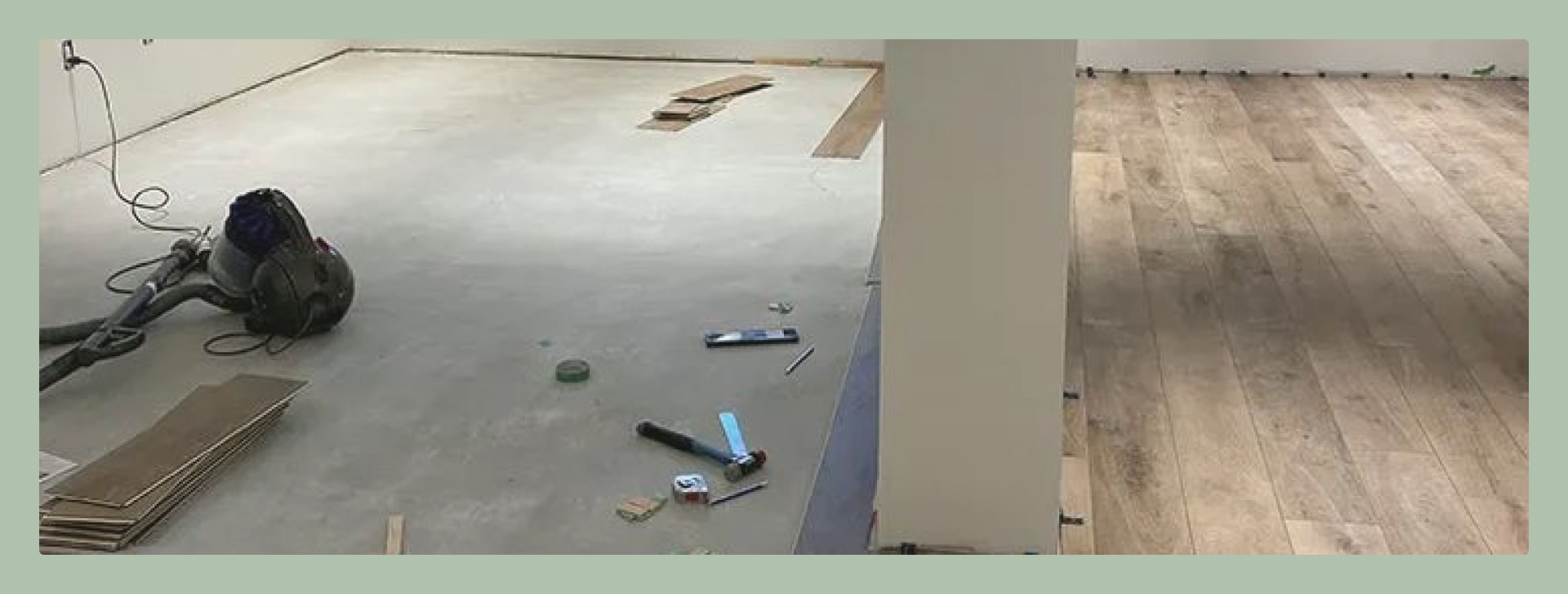
Basements are often prone to high humidity and, in some cases, flooding. Because basements are located below ground level, they are more susceptible to moisture penetration, making them unsuitable for traditional hardwood floors.
Risks:
- Elevated Humidity: Constant high humidity can cause hardwood to expand, warp and deteriorate.
- Potential Flooding: BBasements are at risk of flooding. Heavy rainfall, flooding or plumbing failures. Flooding will result in significant water damage.
Solutions:
- Alternative Flooring Options: Cork flooring, vinyl tile, or engineered flooring, ideally made of hardwood with moisture-resistant properties.
- Moisture Barriers: Moisture barriers, maintaining controlled moisture levels will reduce risks, but if you have too high a risk of basement flooding, hardwood is still not an ideal option.
📢 Authoritative Guidelines: According to the National Wood Flooring Association (NWFA), solid wood flooring is appropriate for above-grade and on-grade installations but not recommended for below-grade installations, such as basements. If the soil surrounding a structure is 3 inches or more above the floor level, that area is considered below grade. Additionally, the surrounding soil should be sloped away from the structure to minimize moisture risks.
4. 👟 Foyer/Entryway
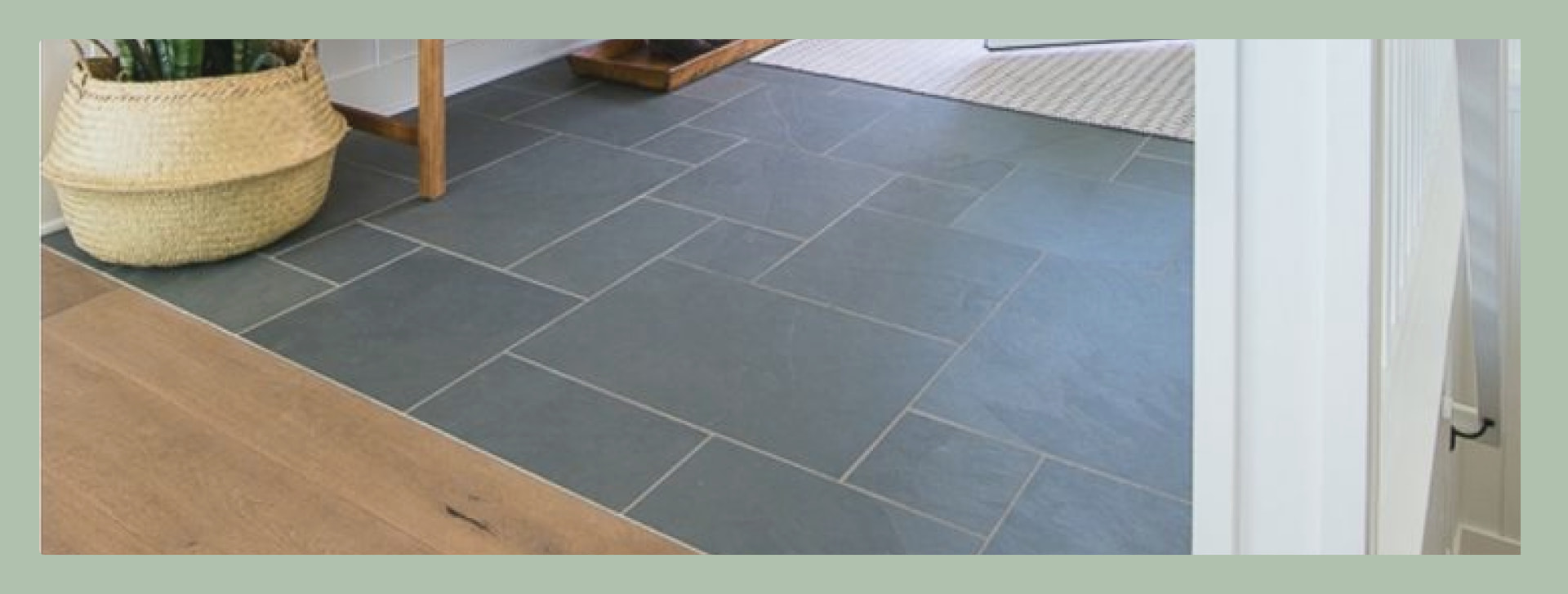
The foyer or entryway of a home means high foot traffic, dirt, grime and moisture from the street. Scratches, stains and accelerated wear are the risks.
Risks:
- High Foot Traffic: Constant movement can wear down hardwood surfaces, leading to visible wear and tear.
- Tracked-In Dirt and Mud: Dirt and mud can embed into the wood, causing scratches and staining.
- Temperature Fluctuations: Entryways often face temperature changes, which can affect wood expansion and contraction.
Solutions:
- Alternative Flooring Options: Tile, stone flooring and durable laminate flooring will withstand foyer loads.
- Preventative Measures: Hardwood flooring is still a great choice if you use mats and carpeting that trap dirt and moisture. Also, a good finish will extend the life of your floor.
5. 🍲 Kitchens
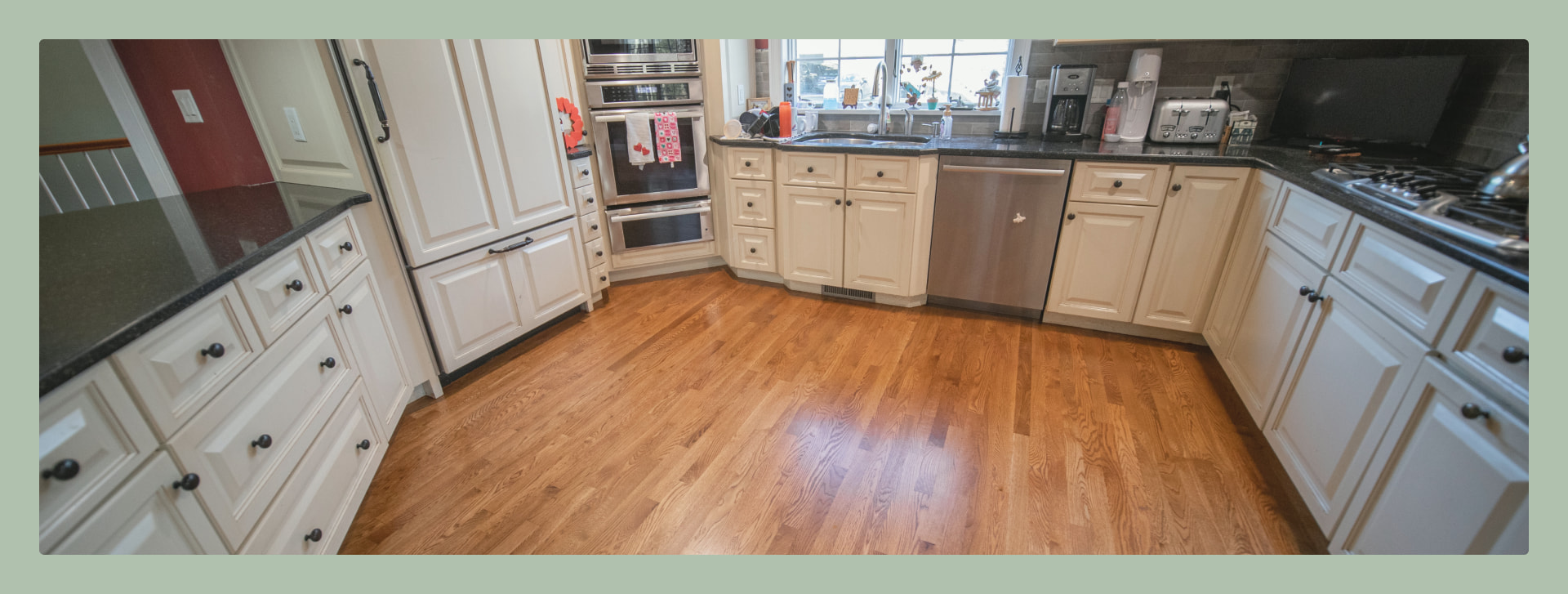
The kitchen presents a unique challenge for hardwood flooring. Parquet is quite commonly installed in kitchens in modern times. Yes, there are risks of liquid spills and moisture, but they are less compared to the bathroom and laundry room. With the right wood selection, installation and finish, hardwood floors can be installed.
Risks:
- Frequent Spills: Liquid can spill during cooking and damage the wood. The key is to remove the water promptly and in a timely manner.
- Moisture from Appliances: Refrigerators, dishwashers, and other kitchen appliances can contribute to moisture buildup.
Solutions:
- Alternative Flooring Options: Ceramic tile, vinyl flooring or waterproof laminate flooring are good for the kitchen.
- Precautions for Hardwood Installation: If choosing hardwood, opt for engineered hardwood with moisture-resistant finishes, use high-quality sealants, and ensure immediate cleanup of spills.
💡 Industry Recommendations: Home improvement experts and hardwood manufacturers often recommend engineered hardwood for kitchens due to its enhanced stability and moisture resistance compared to solid hardwood.
-
Flooring Type Approx. Cost per sq. ft. Solid Hardwood $5–$12 Engineered Hardwood $4–$9 Porcelain Tile $3–$10 Ceramic Tile $3–$10 Luxury Vinyl Plank $2–$7 Luxury Vinyl Tile (LVT) $2–$7 Waterproof Laminate $2–$5 Cork Flooring $3–$8 Natural Stone $5–$15 High-Quality Mats $20–$100+ per mat
Expert Tips on Maintenance & Mitigation
In brief, if the main milestones to consider when maintaining your hardwood floor:
-
Maintain Proper Indoor Conditions:
The National Wood Flooring Association (NWFA) notes that hardwood flooring is typically manufactured with a moisture content between 6% and 10%, with a 5% allowance for pieces outside that range. To help flooring remain stable, aim to keep indoor relative humidity levels consistent—usually in the 30–50% range—so the wood can stay near its ideal moisture content.
-
Apply High-Quality Sealants:
Use sealers and finish coats. This is an important layer of protection that will help prevent spills and moisture changes from penetrating the wood.
-
Respond Quickly to Issues:
Promptly clean up any spills or water intrusion, and regularly inspect your floors for early signs of damage. For more detailed advice on maintenance, see our guides on understanding how often to refinish hardwood floors and dealing with wood floor water damage.
Common Myths and FAQs
💡 Myth #1: “Any hardwood can go anywhere with enough varnish or finish.”
Reality: Finishes and sealers will not turn your hardwood floor into a universal floor. The NWFA (https://www.nwfa.org/) clearly states that hardwood should not be used in areas below grade. No finish can handle the risk of flooding.
💡 Myth #2: “Engineered hardwood solves all moisture problems.”
Reality: Engineered hardwood is more dimensionally stable than solid wood, making it suitable for areas where humidity fluctuates. However, it’s not entirely immune to moisture damage. Even engineered options require proper moisture barriers, careful installation, and routine upkeep to perform well in borderline spaces like basements.
Bathrooms and laundry rooms are rooms where you should not install hardwood floors. Separately stands the basement, where it is not recommended to install hardwood flooring under almost any conditions. Humidity, the possibility of spills, and floods make these rooms dangerous for hardwood flooring.
Hardwood flooring can be installed in the kitchen. Engineered hardwood flooring with high-end sealers is your solution if you want hardwood flooring in your kitchen. Post-maintenance and quick cleanup will keep the floor in good condition for years to come.
Consult with hardwood flooring specialists. They can help you find the perfect flooring that fits your environment, including the type of wood, type of hardwood flooring, thickness, and the best finish. This investment will pay off as it will keep your flooring at its best, saving you the likelihood of unnecessary repairs.
Conclusion
Knowing where not to install hardwood floors can help you avoid costly mistakes. Rooms with high humidity are generally not suitable for hardwood flooring. This is almost always solved by installing engineered flooring and/or using a finish and sealer. Or alternatives may be considered.
Make informed decisions and make the best choice for your home or commercial space!
